DIETARY SUPPLEMENT CONTAINING ZEOLITE, K2-D3 VITAMIN, METHYL FOLATE, AND INULIN
Which is prescribed for the absorption, chelation and removal of harmful and toxic substances such as heavy metals, nitrosamines, ammonia, ethanol, mycotoxins, cations, radioactive substances and pesticides from the gastrointestinal system and to reduce their absorption in the body.
“ORANGE” FLAVOR
One-Month Consumption Amount: 60 Sachets
Dor Zero
INGREDIENTS: (Per 1 sachet)
– 3000 mg Zeolite
– 1250 mg Inulin
– 20 µg Vitamin K2
– 12.5 µg / 500 IU Vitamin D3
– 200 µg Folic Acid (Calcium-L-methylfolate)
USAGE INSTRUCTIONS:
– For children aged 4-10: 1 sachet per day, mixed with 1 glass (240 ml) of room-temperature water, consumed with meals. It is recommended to drink an additional glass of water afterward.
– For individuals aged 11 and above: 2 sachets per day—one in the morning and one in the evening—mixed with 1 glass (240 ml) of room-temperature water, consumed with meals. It is recommended to drink an additional glass of water afterward.
GENERAL INFORMATION ABOUT ZEOLITE:
– Zeolites are crystalline, hydrated aluminum silicates.
– They were formed millions of years ago when volcanic ash and lava reacted chemically with lake or seawater.
– Their usage in food and pharmaceutical industries is becoming increasingly common.
– Zeolite has a cage-like structure, providing a large internal and external surface area for ion exchange and chemical reactions.
– It is naturally negatively charged and has a high ion-exchange capacity.
– It has the ability to trap ammonium, toxins, and heavy metals.
INULIN
– Plants containing inulin generally belong to the Liliaceae, Amaryllidaceae, Gramineae, and Compositae families.
– Inulin is a fructose oligomer found in vegetables such as onions, garlic, leeks, chicory, and artichokes.
– Since inulin is not absorbed in the small intestine, its energy value is lower compared to carbohydrates.
– Inulin is used in various foods due to its sugar and fat replacement properties.
– When fermented, it produces short-chain fatty acids.
– It has functional food applications and is increasingly used in this field.
– Inulin has prebiotic and partially probiotic effects.
– It can increase the bifidobacteria ratio in stool microflora from 20% to as high as 71%.
– It is commonly extracted from chicory roots.
Inulin is a macronutrient source that increases the fiber content of the food to which it is added.
D3K2 VITAMINS
– Vitamin D is a fat-soluble vitamin synthesized in response to sunlight exposure.
– Maintaining adequate vitamin D levels is essential for overall health.
– Humans and other living beings require vitamin D at specific levels for strong and healthy lives.
– It is a micronutrient and an organic molecule, playing active roles in various biological mechanisms alongside other vitamins.
– About 95% of vitamin D is synthesized in the skin as cholecalciferol under the effect of sunlight.
– The efficiency of vitamin D synthesis depends on UV light exposure duration and intensity.
UV-B rays are responsible for vitamin D production in the skin.
– Vitamin D synthesis from sunlight is influenced by factors such as season, time of day, latitude, altitude, air pollution, skin pigmentation, skin type, sunscreen use, glass/plastic barriers, body temperature, and aging.
– UV-B rays cannot penetrate glass, so sunlight received through windows is not effective for vitamin D synthesis.
– Vitamin K is a fat-soluble vitamin that functions as a cofactor for the γ-glutamyl carboxylase enzyme, which converts glutamate residues into γ-carboxyglutamate.
– There are two main forms of vitamin K: Phylloquinone (Vitamin K1) and Menaquinone (Vitamin K2).
– Vitamin K1 accounts for 75-90% of dietary vitamin K intake, with green leafy vegetables being the best sources, followed by asparagus, cabbage, and Brussels sprouts.
– Vitamin K2 is synthesized by gut bacteria and absorbed in the intestine.
– The best sources of vitamin K2 include soybeans, while moderate sources include cheese, sauerkraut, red meat, and poultry.
Vitamin K should be used together with Vitamin D for optimal benefits.
METHYL FOLATE
– Methyl folate is the active metabolite of folate.
– It plays a crucial role in the synthesis of nucleic acids and amino acids.
– Unlike synthetic folic acid, methyl folate is absorbed effectively even with changes in stomach pH.
– Its bioavailability is not affected by metabolic disorders.
– Methyl folate is a vital vitamin that supports essential biological functions.
– It is also known as Vitamin B9.
REFERENCES
– Avşar E., Şahiner D. (2020). A General Overview of Vitamin D. Akd Med J., 6(2):168-174
– Koptagel H., Altun E. Vitamin K and Glucose Homeostasis. Akd Med J., 7(1):12-17
– Özyiğitoğlu G. (2020). Biology and Natural Sources of Vitamin D. Mehmet Akif Ersoy University Journal of Science Institute, 11(Supplement 1): 380-391
– Özyurt H., Ötleş S. (2014). Prebiotics: An Important Food Component for Metabolism. Academic Food, 12(1):115-123
– Yabancı N. (2010). Effects of Inulin and Oligofructose on Human Health and Nutrition. Academic Food, 8(1):49-54

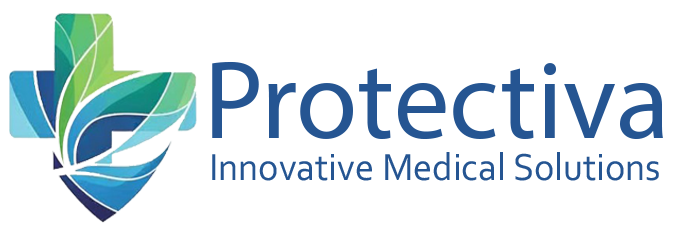
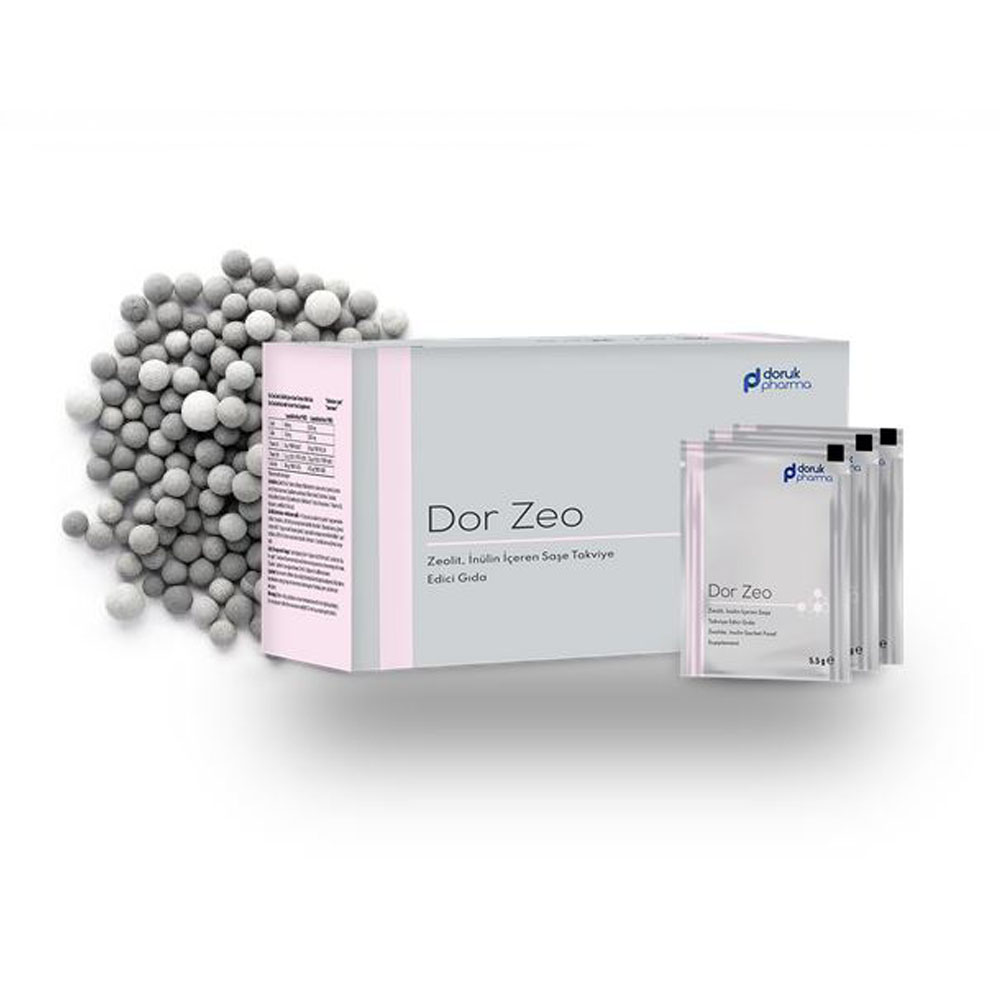
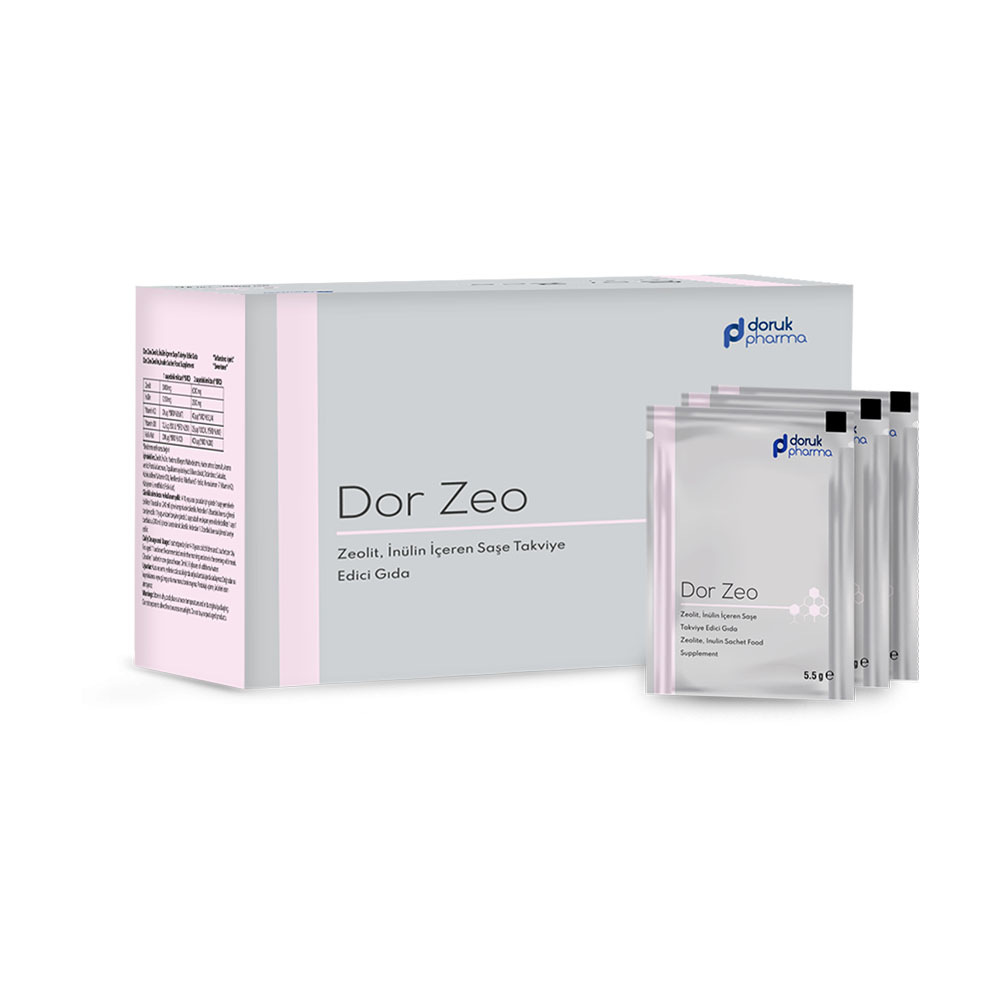
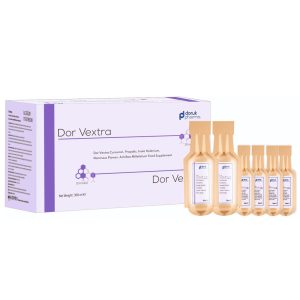
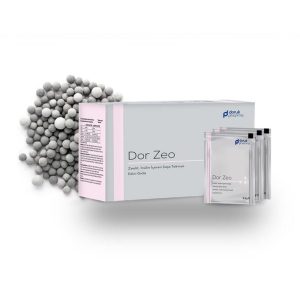
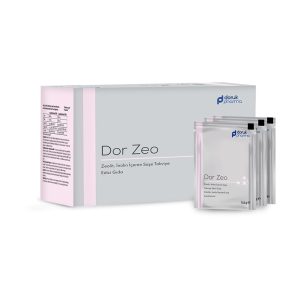
Reviews
There are no reviews yet.